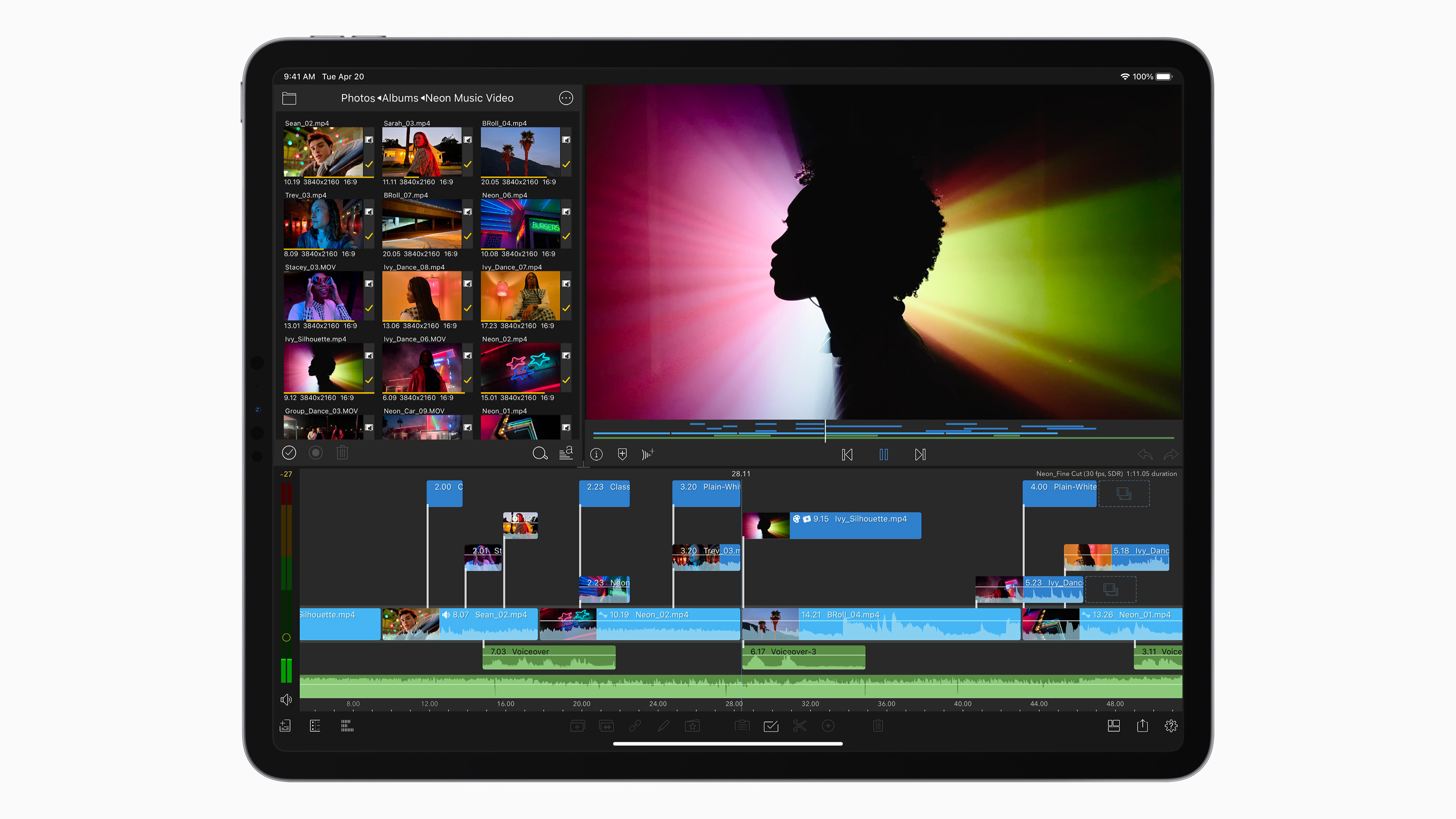The OLED iPad's next-gen display might appear first this year in an Honor phone
An OLED iPad is said to arrive next year at the earliest due to Apple wanting a new type of OLED screen – but we might get a preview in 2022


There's a new plot development in the on-going saga of the first iPad with an OLED screen. There have been changing estimates on when Apple would add OLED to its tablets, and which models would get it, all because Apple wants to use a particular high-end type of OLED that isn't currently in mass production.
LG Display is said to be able to produce the first 'tandem' OLED screens that Apple wants in 2023 (via The Elec), while Samsung Display is said to expect to catch up 2024 (via The Elec) – with the launch of the OLED iPads coming in 2024.
However, we might get to see just how good this new 'tandem' OLED structure is earlier than that: according to a new report in The Elec, huge display manufacturer BOE is hoping to show off its own version of the technology in a phone made by Honor this year
'Tandem' OLED screens use a double-stacked layer of OLED pixels – basically doubling up on the ability generate light. They're said to bring a huge number of benefits: a tandem screen can go brighter than a regular OLED screen, it should have a longer lifespan and be less prone to burn-in, and BOE and Honor think they can reduce the power consumption of their phone's screen by 30% according to The Elec's sources.
That last part could be huge: screens are one of the biggest power drains on phones and tablets, so it could mean hours more longevity without changing anything else in the phone compared to other models.
I think that Apple's focus on using tandem OLED is more to do with brightness and longevity than battery life, though I'm sure that would be a bonus too. The OLED screens on phones, laptops and tablets are much more likely to suffer from burn-in than the best OLED TVs, because they're more likely to show static graphics (which are the biggest burn-in danger). The Menu Bar on macOS, the Task Bar on Windows, the time and symbols on any smartphone… these things are the most likely to leave 'ghosts' on your screen.
On phones, this has never been called out as a big deal because people change up their phones pretty often. But people keep laptops and tablets for much longer, which means the screen tech needs to stay pristine for just as long. Tandem OLED looks like it'll be the solution to make that happen, hence Apple's push to use it on iPads.
Get all the latest news, reviews, deals and buying guides on gorgeous tech, home and active products from the T3 experts
I also suspect Apple is hoping that tandem OLED could match the 1,600 nits of peak brightness that the mini-LED screen in the iPad Pro 12.9-inch (2021) – in the iPhone 13, with its OLED screen, it peaks at 1,200 nits. If Apple is to switch from mini-LED to OLED in the iPad Pro, it would probably prefer that none of the specs look worse on paper.
I should note that the Samsung Galaxy S22 Ultra is capable of reaching around 1,700 nits with a non-tandem OLED screen – but phone OLED screens seem to have an easier time with bright HDR highlights than tablets. The Samsung Tab S8 Ultra doesn't have any HDR capabilities on its OLED screen, reaching 500 nits of brightness only, so it looks like there's a technological reason Apple needs to wait if wants this option in a large tablet.
In the meantime, we've got the new iPad Air 5th Gen to hold us over.

Matt is T3's former AV and Smart Home Editor (UK), master of all things audiovisual, overseeing our TV, speakers and headphones coverage. He also covered smart home products and large appliances, as well as our toys and games articles. He's can explain both what Dolby Vision IQ is and why the Lego you're building doesn't fit together the way the instructions say, so is truly invaluable. Matt has worked for tech publications for over 10 years, in print and online, including running T3's print magazine and launching its most recent redesign. He's also contributed to a huge number of tech and gaming titles over the years. Say hello if you see him roaming the halls at CES, IFA or Toy Fair. Matt now works for our sister title TechRadar.